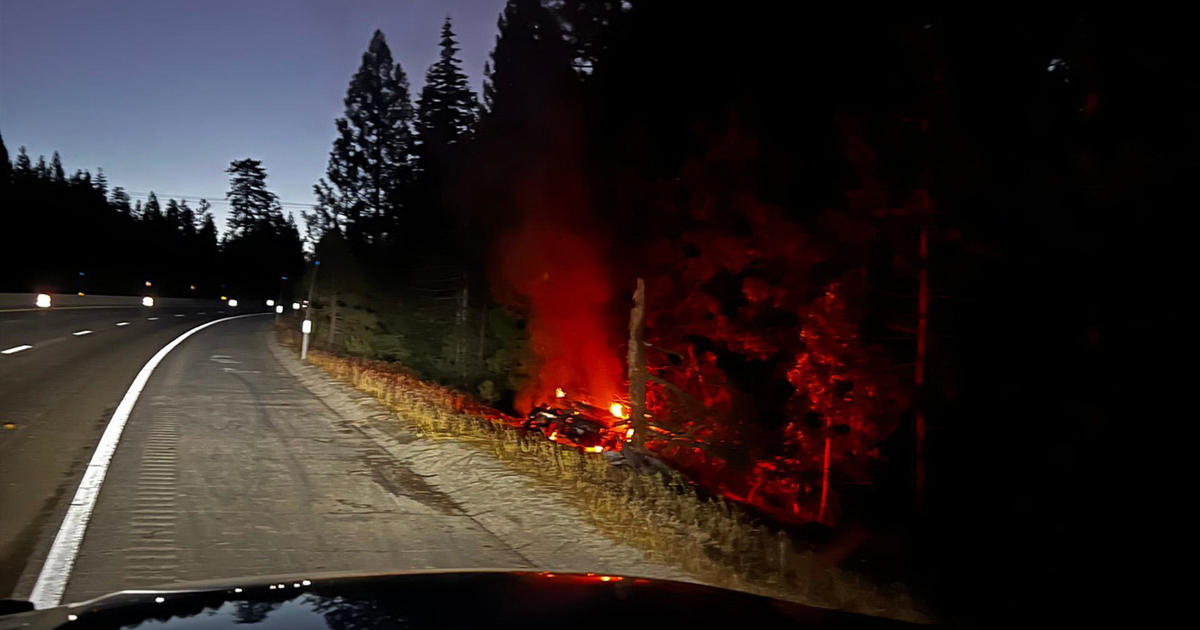A Tesla big rig that caught fire kept both directions of California’s Interstate 80 closed in the Sierra Nevada for hours on Monday.
Cal Fire crews responded to the scene of an electric semi-truck fire around 3 a.m. near Emigrant Gap. California Highway Patrol later confirmed they were dealing with a hazardous materials situation due to potentially toxic fumes from the big rig’s batteries.
First responders say that the batteries of the electric big rig were still burning hours later.



Do these things use lithium batteries? Do the sodium ones pose less of a hazard if compromised?
AFAIK, lithium becomes inflammable when in contact with the air (that’s why a battery puncture is so dangerous). Sodium doesn’t, so a fire from a hole in the battery shouldn’t happen.
My understanding is that it is not the air, but moisture. Water reacts with the battery chemistry to emit heat which can then turn into flames. But moisture on the air can be enough to trigger a fire. There are videos testing this on YouTube. Puncturing a battery is not instant fire, but it will turn into a fire if exposed for long enough, and water will only feed the chemical reaction, making it worse. Which is why it is so hard to fight battery fires.
Sodium batteries aren’t any better in this regard, thanks to the famous feud between sodium and water.
Sodium batteries are much less energy dense than the batteries used for semis.
Were over a decade a way before it’s even maybe possible. It may never be
They’ll be great for small commuter cars and energy storage where size doesn’t matter.